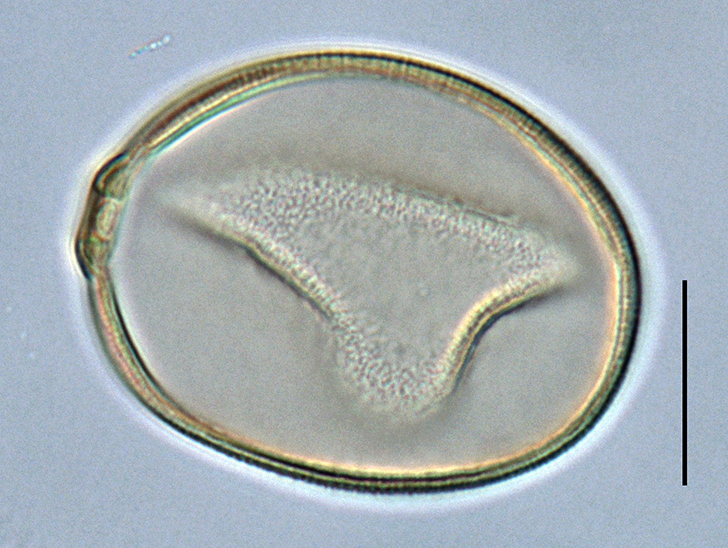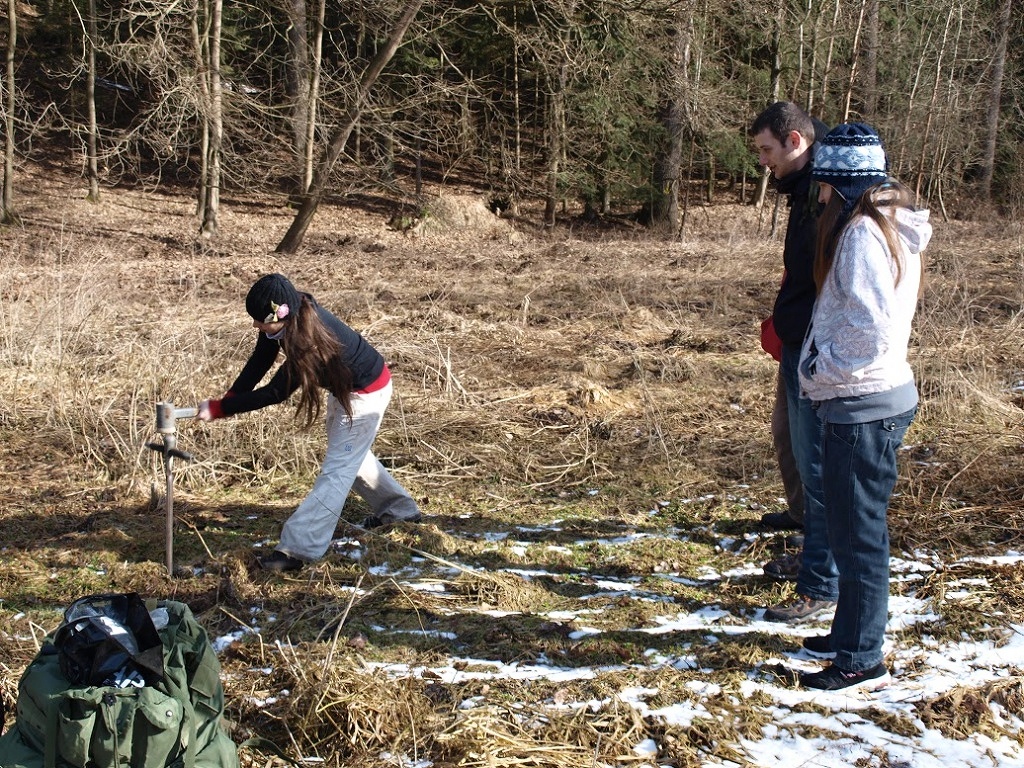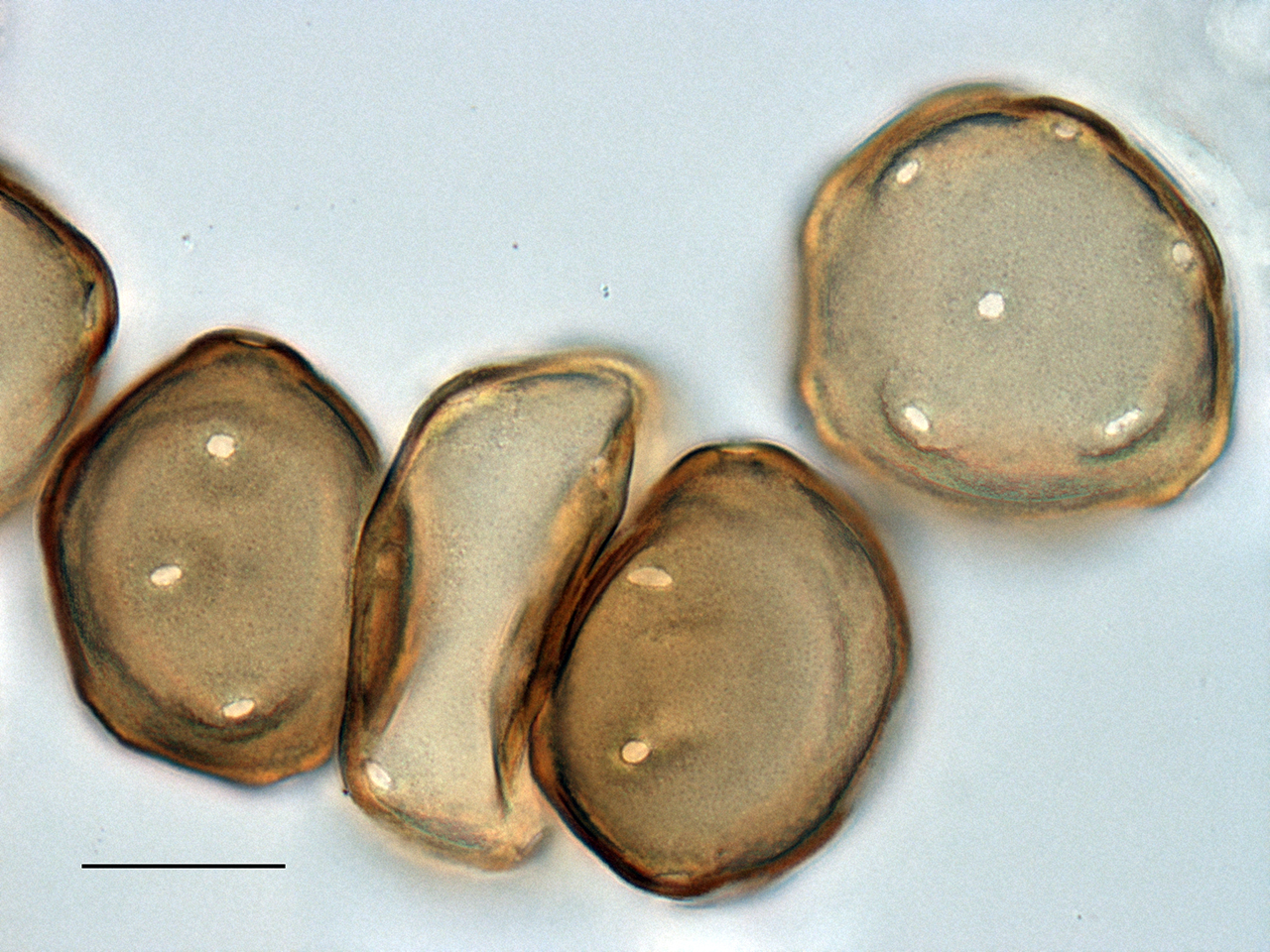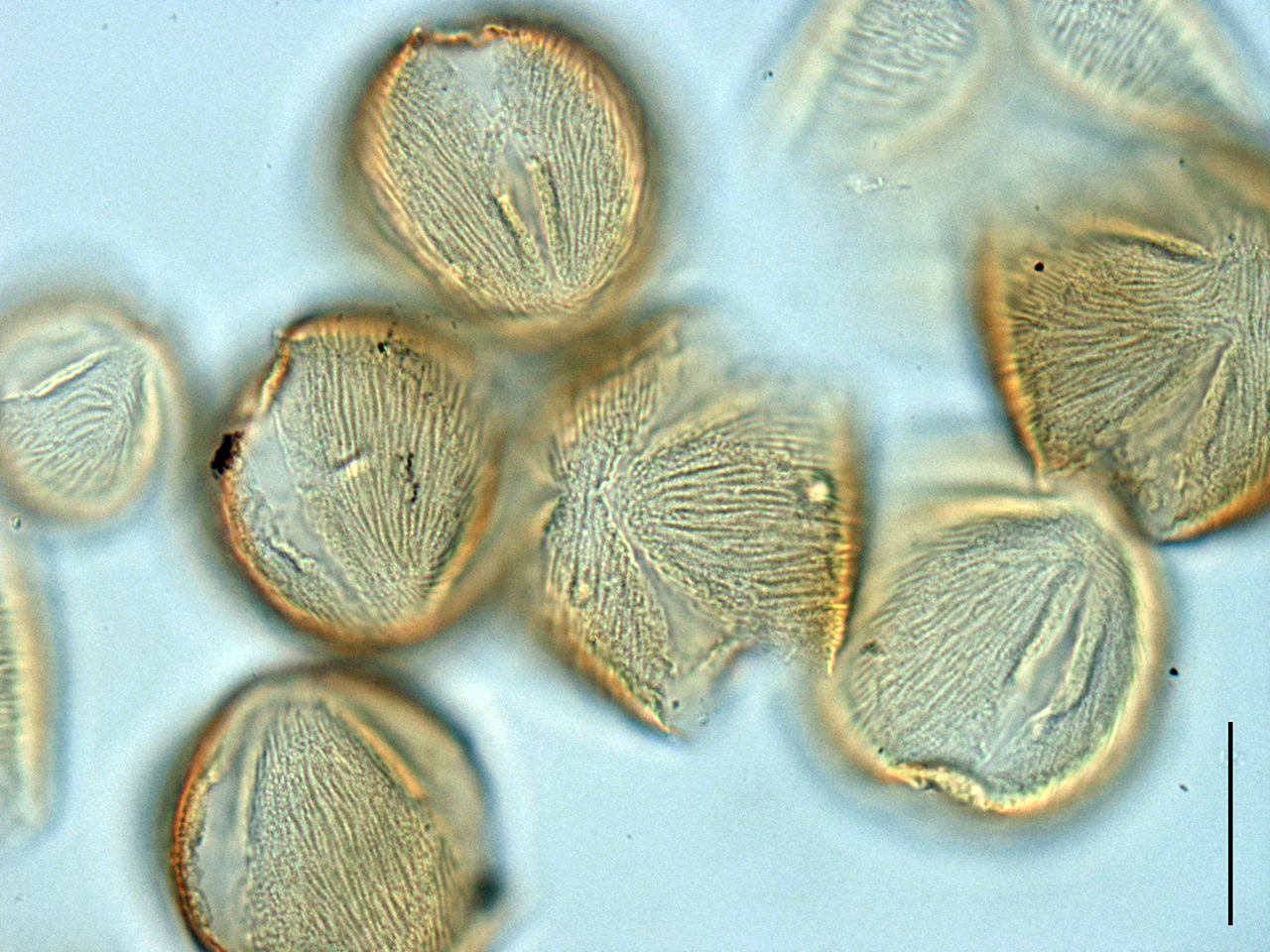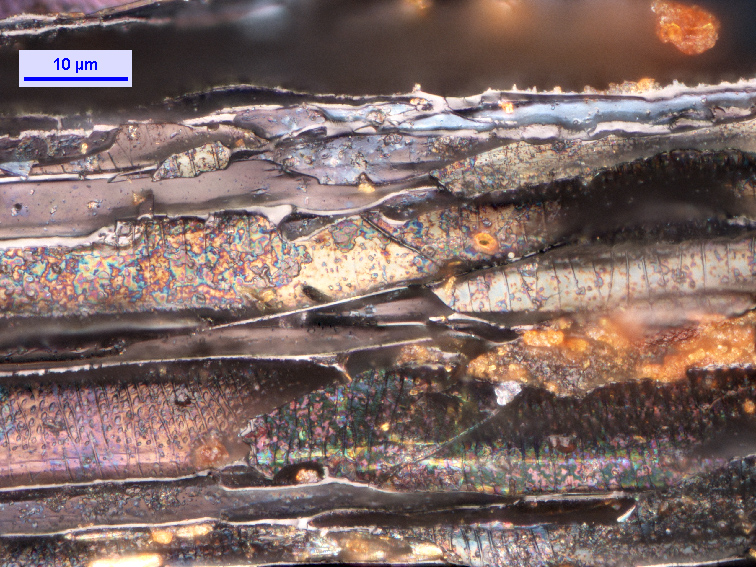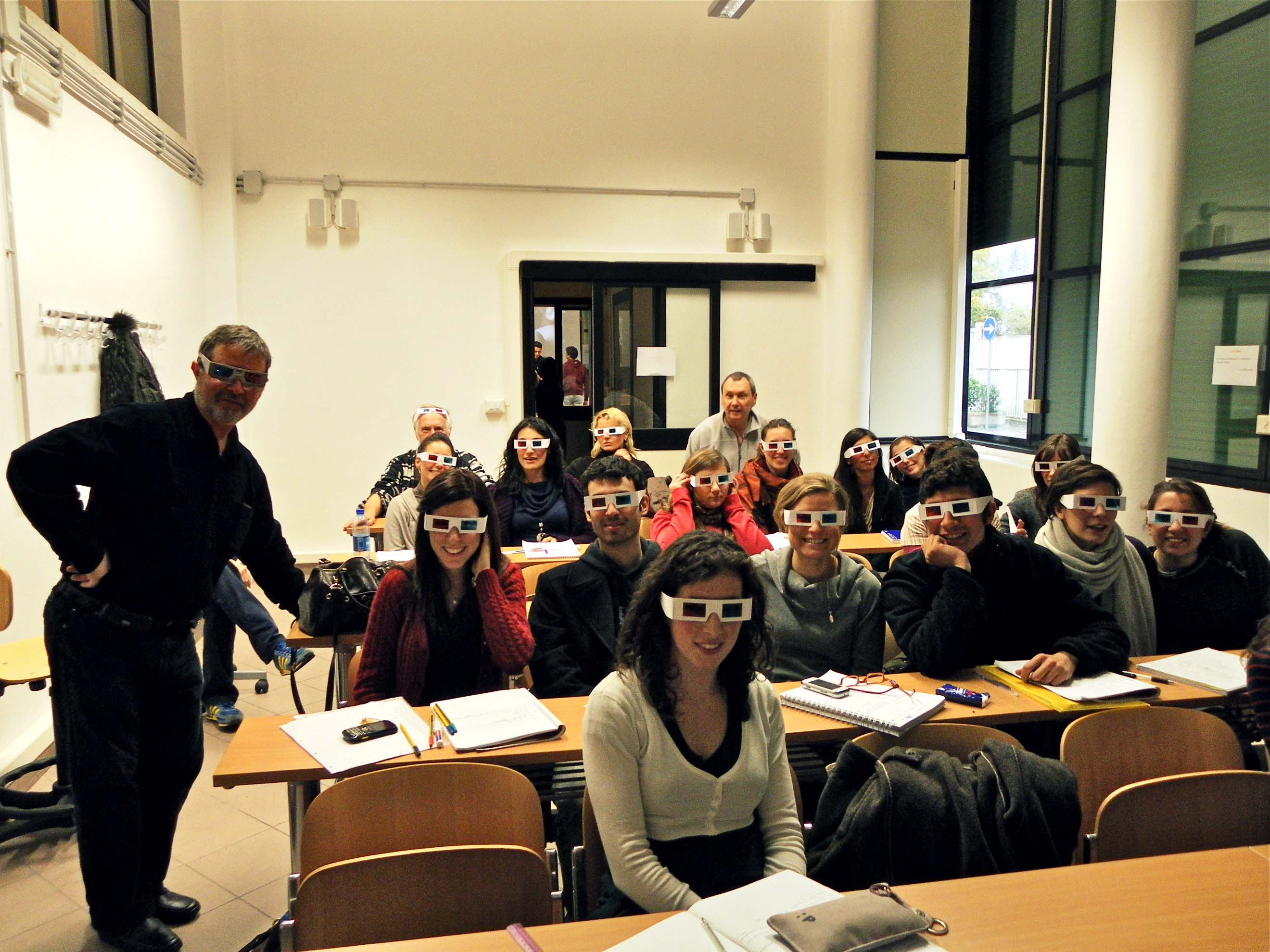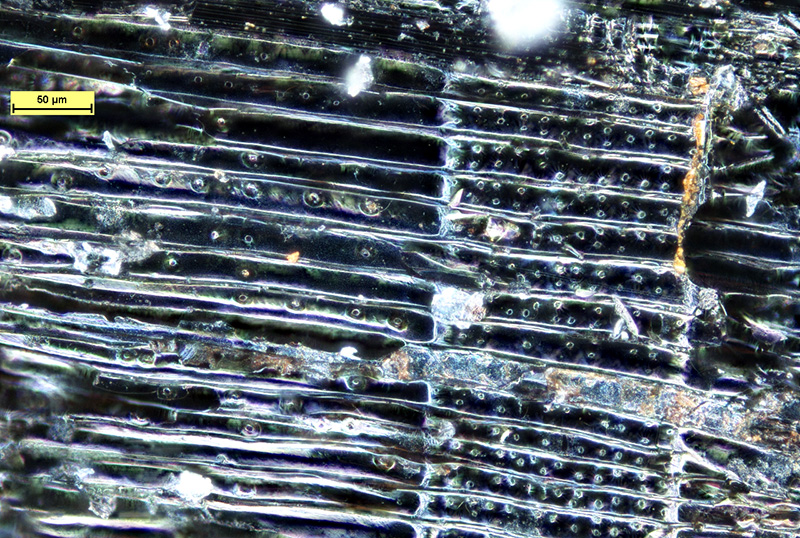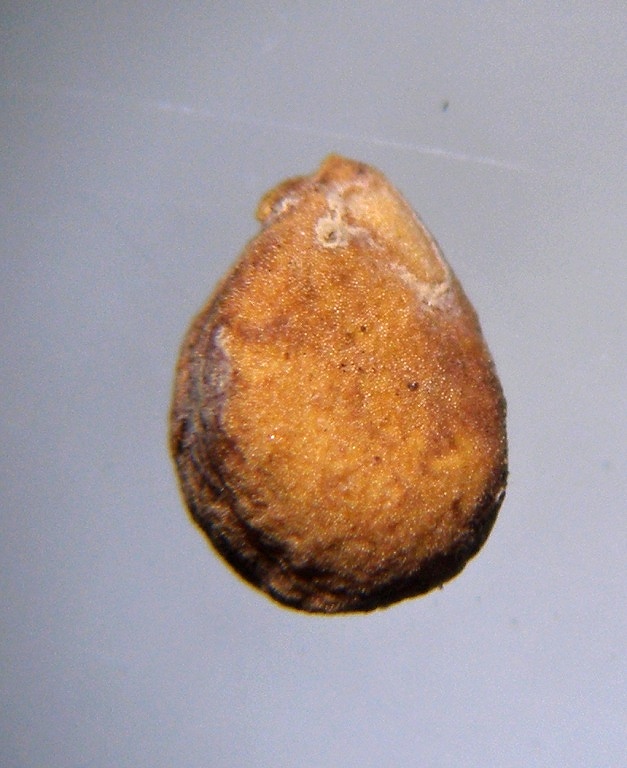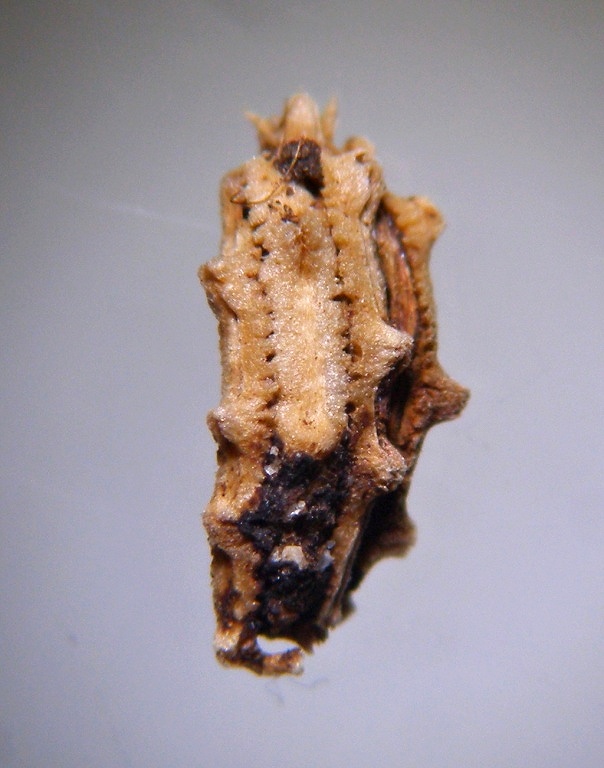Phytoliths
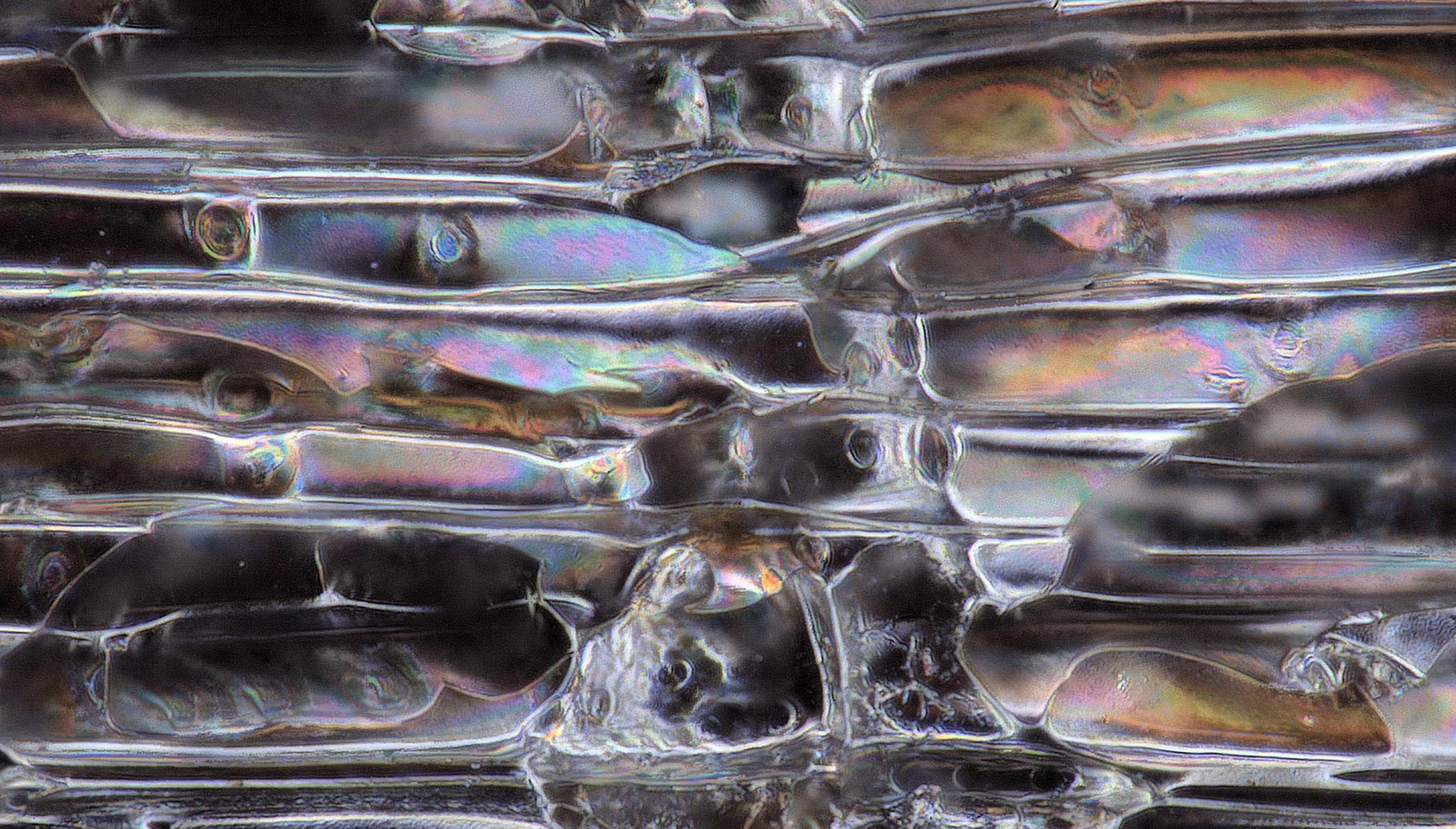
Laboratory of Archaeobotany and Palaeoecology
Phytolith analysis
Phytoliths are microscopic particles that form in leaves, stems, roots, flowers or fruits of plants. Most often, these are incrustations formed outside or inside the cells by the accumulation of silica (so-called silicate phytoliths), calcium oxalate, or carbonates. Specific types of cells or their parts or entire sets of cells (for example epidermis) can be encrusted, either their interiors, cell walls or both at the same time. Different taxonomic groups of plants differ in the method of deposition and shape of phytoliths. In many families, specific types of phytoliths were found allowing their determination. Identification at a lower level (genus) is also becoming more frequent, a number of taxa can even be identified down to the species level based on characteristic phytoliths.
After decomposition or burning of plant material, phytoliths (mainly silicate) remain in practically unchanged form and persist for a long time in soil, sediments and other media as a record of the existence of their parent plants.
Possibilities of using phytolith analysis
The potential of phytolith analysis Greater experience with the phytolith taxonomy of present-day plants enables researchers to detect some plant taxa in archaeological sediments based on silica microfossils. The most studied phytolith assemblages come from Central and South America (Piperno 1998a, 1998b; Piperno et Becker 1996; Piperno et al 2000; Piperno et al 2001), North America (McClaran 2000, Fearn 1998, Fredlund et Tieszen 1997, Bozarth 1992, Brown 1984), tropical Africa (Mercader et al 2000, Runge 1999, Barboni et al 1999), New Zealand (Carter 2000, Horrocks et al 2000), the Near East (Rosen 1992), and South-East Asia (Kealhofer et al 1999, Kealhofer et Penny 1998, Zhao et al 1998). Phytoliths are invaluable in archaeology for the detection of cereals (the grass family is an abundant phytolith producer) and other subsistence plants, eg. maize and squash in America (Pearsall 1978, Piperno 1984, Piperno et al 2000, Piperno et Flannery 2001), rice in Asia (Jiang 1995, Whang et al 1998, Zhao et al 1998, Huang et Zhang 2000), and cereals of the Old World (Rosen 1992, Ball et al 1999, Ball et al 1996, Kaplan et al 1992). Though phytolith analysis has an enormous potential, identification using phytoliths is complex and difficult to apply at refined levels of taxonomy.
Phytoliths (like pollen) are used as guide fossils reflecting changes in conditions over time; they indicate ancient dietary and cultural practices; they serve as forensic tools of criminology and can indicate different types of depositional environments (e.g. marine versus terrestrial sediments). Unlike pollen, they are not only preserved in an anaerobic acid environment (typically in bogs), but also in most less extreme conditions, which is widely used. In general, phytolith analysis has much in common with palynology. In the last three decades, phytolith analysis has been the domain of Anglophone countries: primarily the USA, then New Zealand and Great Britain.
Taxonomy of Phytoliths
The occurrence of silicate phytoliths in different taxonomic groups was summarized by Piperno (1988). The best known and most important families with consistent accumulation of phytoliths so far demonstrated are Poaceae and Cyperaceae. The occurrence of calcium oxalate phytoliths is reported in many groups (Arnott 1976, Franceschi et Horner 1980), and their distribution and morphology are traditionally studied in systematic botany. They are consistently produced by, for example, Cactaceae, the morphological diversity of their oxalate phytoliths allows determination into genera and, in the case of prickly pears, into species (Jones et Bryant 1992). Phytoliths formed by calcium carbonate are formed, for example, in the families Urticaceae, Moraceae, Acanthaceae, Cannabinaceae.
Calcareous phytoliths have been studied in less detail than silicate phytoliths from a palaeoecological and archaeobotanical point of view, although they are formed quite often in plants. This is because the frequency of their findings in paleo sediments is usually very low due to unfavorable conditions for preservation and unsuitable conditions for carbonates during the separation of phytoliths from samples (many separation techniques include rinsing in an acidic environment). In general, the systematics of phytoliths is highly heterogeneous and there are several approaches to their classification, which individual authors or working groups create to suit the intended application of the data. A description of the long-term used and updated classification system is given, for example, by Pearsall et Dinan (1992), Piperno (1988), a special classification of dicotyledonous phytoliths is given by Bozarth (1992), Poaceae see Mulholland et Rapp (1992, 1989), Twiss (1992), Twiss et al. (1969).
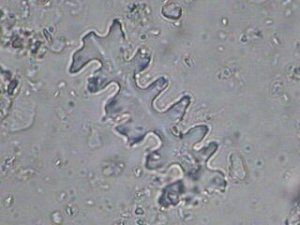
Phytolith, Poaceae.
Phytolith analysis at LAPE
Due to the fact that in the Czech Republic there is still no workplace dealing with the study of phytoliths in more detail, the LAPE collective is interested in the application of this method in our conditions. Specifically, we are counting on the initial use of the method as part of complex archaeological and archaeobotanical research currently being carried out on Czech archaeological sites from the agricultural prehistory and the Middle Ages. The expected benefit of phytolith analysis lies mainly in the possibility of detecting the practices of the time when handling plant material and reconstructing the type of vegetation cover in the vicinity of the studied settlements. A frequent type of object investigated here is, for example, a granary, i.e. the destroyed remains of a silo, the filling of which contains deposits from the current or immediately following period of the existence of the settlement. We assume that in such objects we will find a statistically significant amount of phytoliths, which would broadly show the composition of the plant material that was handled on the settlement. In addition to the study of sunken objects, we will use cultural layers - the so-called life horizons - which are large-scale deposits created in the residential areas of agricultural settlements of prehistoric times and the early Middle Ages. The samples collected by the network method in the vicinity of the Neolithic longhouses will help in solving the questions of microdistribution of various manipulations with plant material. Another variant will be sampling directly from Neolithic (or younger) grain mills, where phytoliths of cultivated cereals are preserved in high concentrations and in a determinable state.
- Hits: 8278


